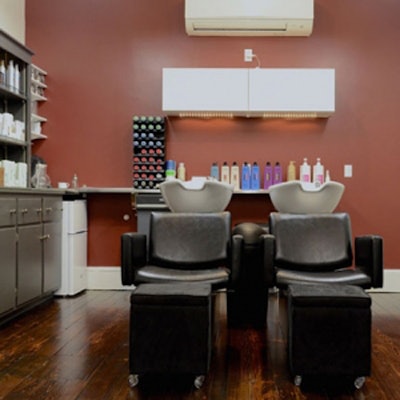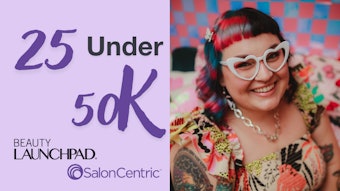
As we are opening our new studio and placing all of our opening orders, the cost of goods has quickly become a reality and concern, because being profitable is what keeps businesses open, gives people jobs, and provides guests a place to have their hair done. Heck, I don’t know a single salon that says "charity" on their front door. In fact, the salons and individuals I know that can afford to do the most charitable work are some of the more profitable salons and stylists. And, one of the best ways to increase profit without changing anything but awareness, is by cutting back on waste.
Waste doesn’t do anyone any good - not the bottom-line, because it adds to expenses; not the guest, because it adds to cost; and not the environment, because we are increasing volume of product - produced, packaged, shipped and disposed of - without creating a positive outcome, just an effect to the environment and cost with no benefit. Waste does not help the sales consultant, distributer or manufacture when, ultimately, waste is a leading cause of financial failure for salons because they just don’t have money to buy the products they need. One of the things I love is the Color Calculator the Goldwell team uses to help salons and stylists understand what their cost-per-application is, how it works, and how it affects their businesses.
Now, there is not a lot we can do about the price, but we can learn what our cost-per-once is and, even more importantly, our cost-per-application. Then we can look to see if that works with our prices. A good rule of thumb is your cost of goods should not be more than 15% of the total service cost for the guest, with 10% being an even better goal. If you are including the cost of a haircut and finish, below 10% is the goal.
So here’s where there is a funny split in costs: not all ounces are equal?? Yes, they vary both in cost-per-manufacture and they also vary in what you can do with an ounce. Some manufactures recommend 2 oz. of color and 2 oz. of developer for a standard formula (approximately 120 grams or mls) and some vary, for instance Goldwell recommends 40mls of Topchic and 40mls of developer - 80mls total (a little less than 3 oz.) for a standard application. So, the amount of ounces for a standard application varies too.
The one place all cost is equal is waste - when it goes down the drain, it costs, because we mixed too much! Here is where I love ml (milliliters) and grams for hair color! Yes, we live in an ounce world in the USA and it doesn't matter that the WHOLE WORLD uses metric to measure because it’s more precise and makes more sense, but hey, we are American and metric is not! Yet, for color, metric can be both more creative and more profitable. Think about it this way: if an ounce is a dollar and you are trying to save pennies over time to be more profitable, which way can you be more profitable… if you can divide that dollar only into quarters, or if you can divide that dollar into nickels and dimes? The problem with ounces is everything costs at least a quarter because you can’t measure smaller than 1/4 oz. of color and a 1/4 oz. of developer accurately, which means a little more is always at least 1/2 oz. or 15mls/grams more. But with ml and grams, we can mix 5mls or grams with 5mls or grams of developer accurately saving 5mls if we needed a little more and we can accurately mix 5mls less if we needed to, too.
So here’s what I like to do, I use a scale and after I finish each guest’s application, I look in the bowl to see if there is anything left. If there isn’t any color left, awesome! If there is, it’s not going to do anyone any good. So if there is color left, then I zero the scale out with a clean empty bowl and brush and re-weigh the bowl with the product left, and the amount left is the amount of product and developer I don’t need to mix next time. If it’s below 10 grams, we’re good; if it is more than 10 grams, I look to adjust the formula. If it's a bottle I can check after the application - either visually, after knocking all the color back to the bottom of the bottle to see what's left, or I can weigh the bottle with color left on a scale zeroed out with an empty/clean bottle first. Again 10mls or more, we adjust our formula.
In our world today, it’s not the dollars we are fighting for anymore to be profitable. Instead it’s the percentages, mls, grams and ounces we are fighting to save that make the dollars we need to do more good, have a better life, and do more for our guests, teams and salons. Here’s to making all your ounces count.
–by Patrick McIvor











